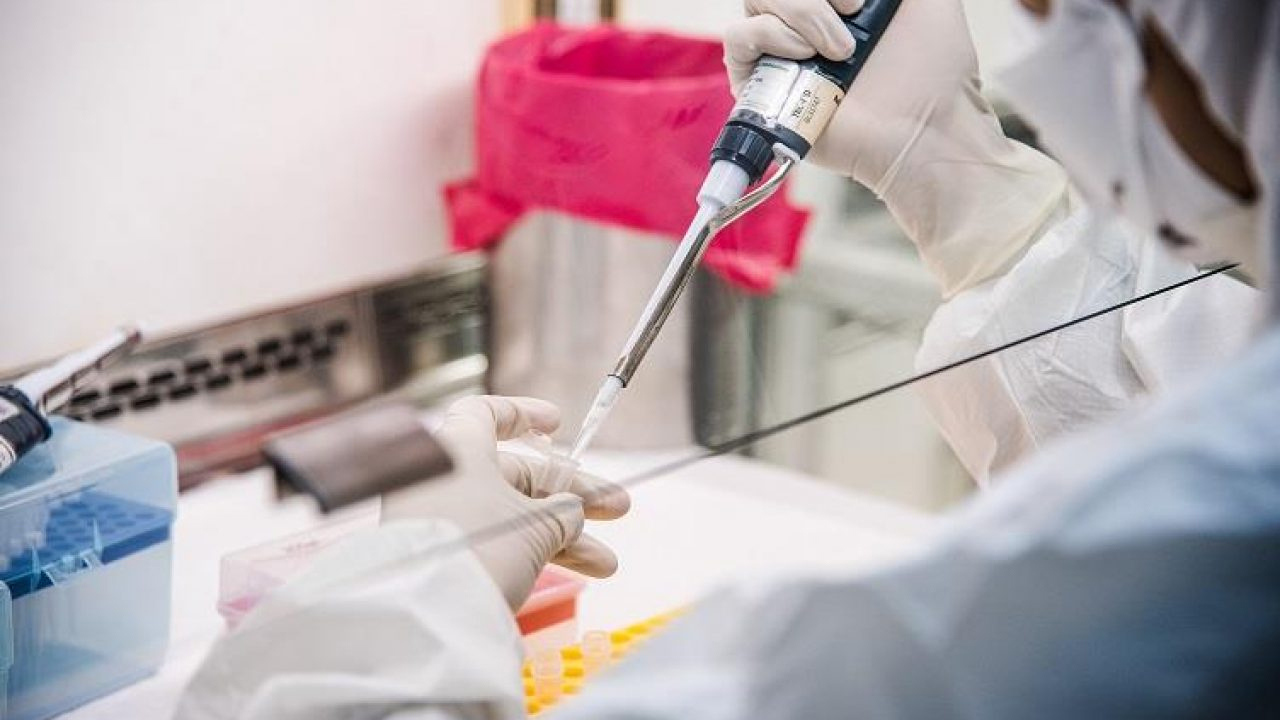WHO today listed the nOPV2 vaccine (Bio Farma, Indonesia) for emergency use to address the rising cases of a vaccine-derived polio strain in a number of African and East Mediterranean countries. Countries in WHO’s Western Pacific and South-East Asia regions are also affected by these outbreaks. The emergency use listing, or EUL, is the first of its kind for a vaccine and paves the way for a potential listing of COVID-19 vaccines.
The world has made incredible progress toward polio eradication, reducing polio cases by 99.9% in the last 30 years. But the last steps to ending this disease are proving the most difficult, particularly with continuing outbreaks of circulating vaccine-derived polioviruses (cVDPVs).
cVDPVs are rare and occur if the weakened strain of the poliovirus contained in the oral polio vaccine (OPV) circulates among under-immunized populations for a long time. If not enough children are immunized against polio, the weakened virus can pass between individuals and over time genetically revert to a form that can cause paralysis. Type 2 cVDPVs are currently the most prevalent form of the vaccine-derived virus.
The EUL procedure and how it could help to speed up access to a future COVID-19 vaccine
The EUL procedure assesses the suitability of yet to be licensed health products during public health emergencies, such as polio and COVID. The objective is to make these medicines, vaccines, and diagnostics available faster to address the emergency. The assessment essentially weighs the threat posed by the emergency against the benefit that would accrue from the use of the product based on a robust body of evidence.
The procedure was introduced during the West Africa Ebola outbreak of 2014-2016 when multiple Ebola diagnostics received emergency use listing; since then, numerous COVID-19 diagnostics have also been listed. The nOPV2 is the first such listing for a vaccine.
The EUL pathway involves a rigorous assessment of phase II and phase III clinical trial data as well as substantial additional data on safety, efficacy, and manufacturing quality. These data are reviewed by independent experts who consider the current body of evidence on the vaccine under consideration, the plans for monitoring its use, and the plans for further studies.
Experts from individual national authorities are invited to participate in the EUL review and are engaged to help facilitate the necessary country-level decision process for authorization of use. Once a vaccine has been listed for WHO emergency use, WHO engages its regional regulatory networks and partners to sensitize national health authorities on the vaccine and its anticipated benefits based on data from clinical studies to date.
In addition to deciding whether to use the vaccine, each country needs to complete a readiness process for the implementation of the vaccine under the EUL. The company producing the vaccine also commits to continue to generate data to enable full licensure and WHO prequalification of the vaccine. WHO prequalification will assess additional clinical data generated from vaccine trials and deployment on a rolling basis to ensure the vaccine continues to meet the necessary standards of quality, safety, and efficacy for broader availability

 WHO today listed the nOPV2 vaccine (Bio Farma, Indonesia) for emergency use to address the rising cases of a vaccine-derived polio strain in a number of African and East Mediterranean countries.
WHO today listed the nOPV2 vaccine (Bio Farma, Indonesia) for emergency use to address the rising cases of a vaccine-derived polio strain in a number of African and East Mediterranean countries.









.jpeg)













.jpg)
.jpeg)





